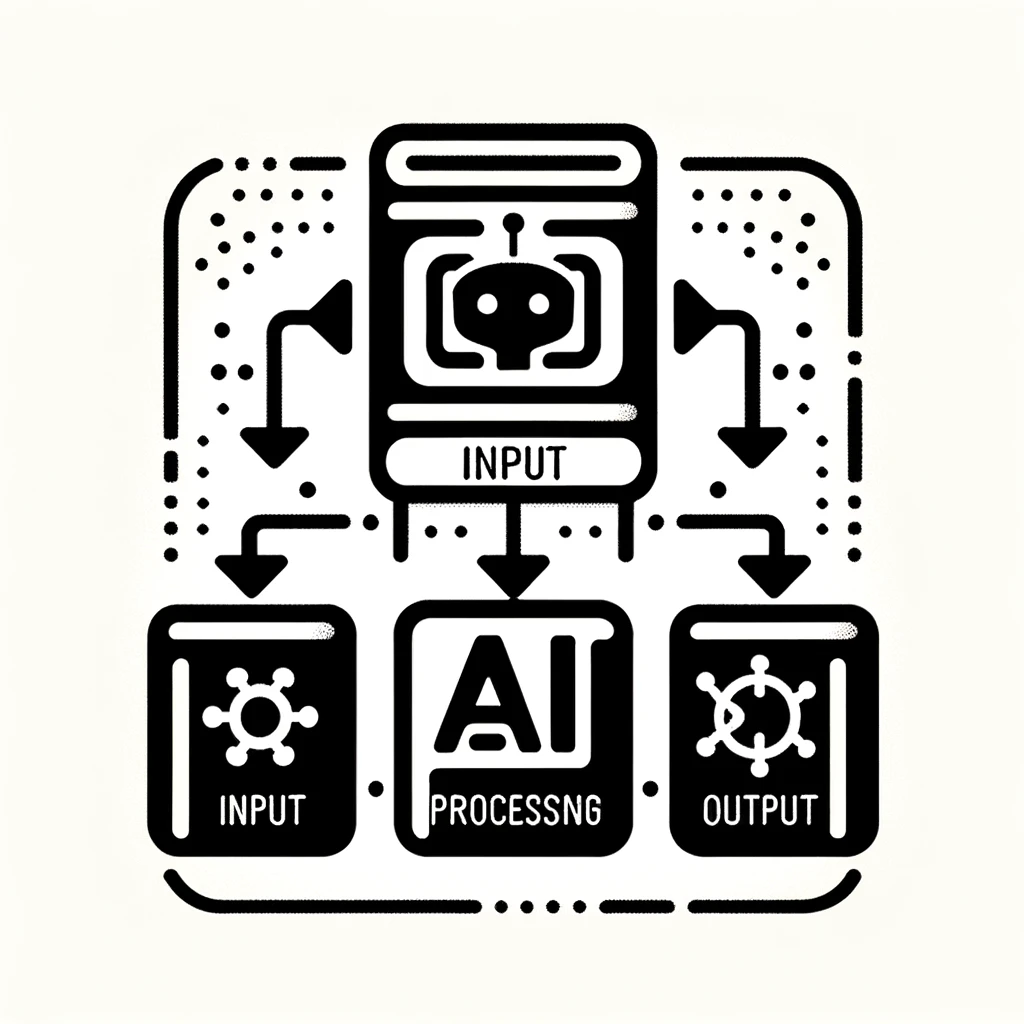There does not seem to be any separation between the error code and error text in a %Status object. For custom errors, I simply want to display the message and not Error #5001: Some error text.
InterSystems Developer Community is a community of
25,553 amazing developers
We're a place where InterSystems IRIS programmers learn and share, stay up-to-date, grow together and have fun!





